Our Beautiful Boa Constrictor
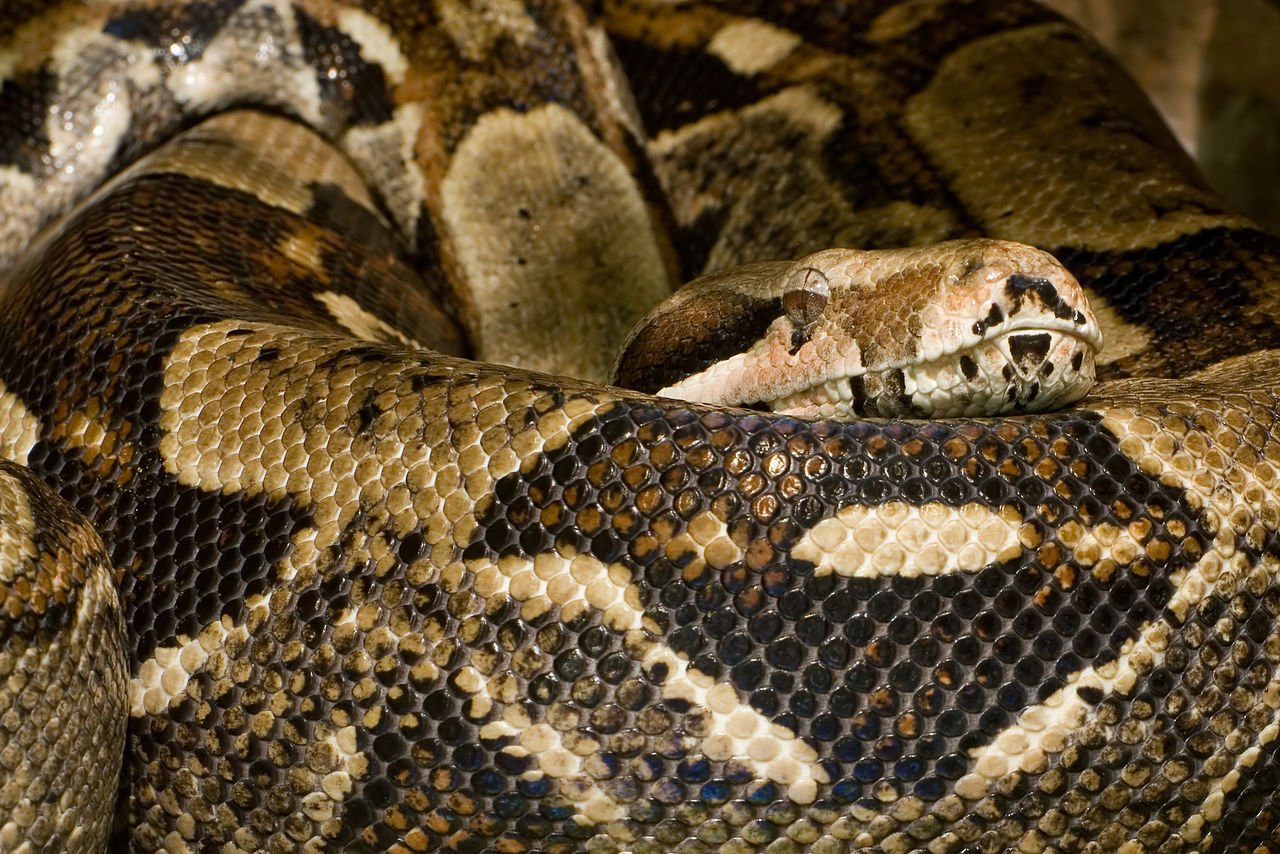
If you’ve wandered the winding dirt roads above Ojochal, Uvita, or Dominical, you may have been graced by the slow, majestic glide of a Boa Constrictor Imperator. These snakes, though large and imposing, are non-venomous and solitary by nature. Unlike their aquatic cousin the Anaconda, Boas prefer the dry leaf litter and shaded understory of the rainforest. Perfect background as they blend seamlessly into the terrain.
Spotting one is a rare treat. They often cross roads in the early morning or late afternoon, their patterned bodies rippling like liquid muscle. If you’re lucky enough to witness this, give the snake space, admire from a safe distance, and let it pass undisturbed.
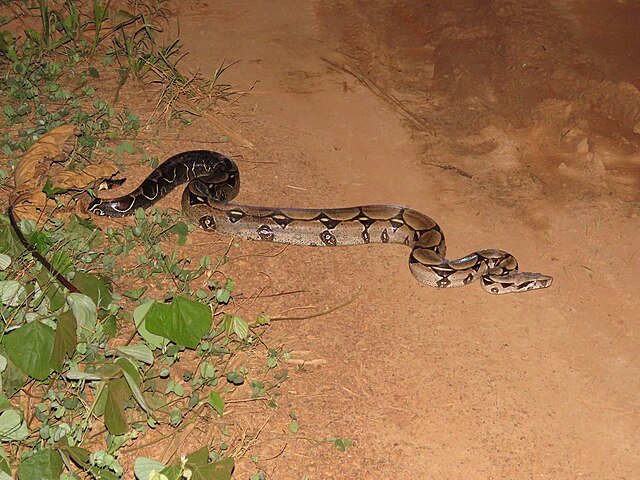
BIG AND HEAVY SNAKES
Known locally as “Common Boas,” these snakes are the most recognized among the several Boa species found in Costa Rica. The Boa Constrictor Imperator stands out as the largest and heaviest snake in the country, with some individuals approaching four meters in length. More typically, females grow to between two and three meters, while males tend to be slightly shorter, ranging from 1.8 to 2.4 meters.
Adult Boas usually weigh between 10 and 15 kilograms, though the largest specimens can reach up to 27 kilograms. Occasionally, reports surface of Boas weighing as much as 45 kilograms, but these claims remain unverified and often stem from confusion with the Anaconda—a close relative that is both larger and more aquatic.
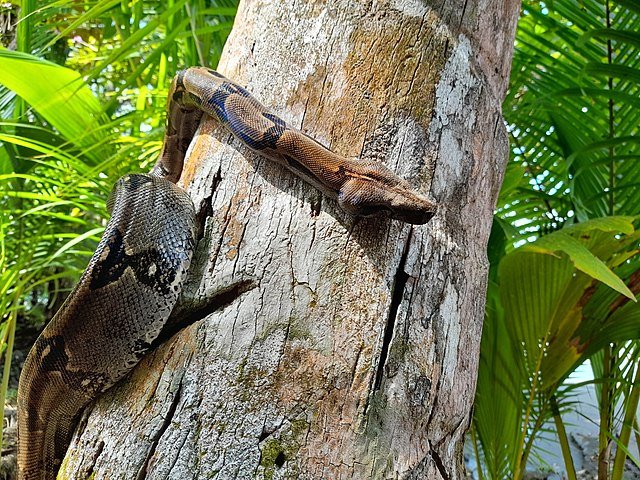
COLOURING
While Boas may not dazzle with bright colors, their beauty lies in the subtle complexity of their markings. Shades of black, grey, brown, and cream blend across their scales, forming hypnotic patterns that ripple from head to tail. Hourglass shapes, triangles, and linked ovals create a visual rhythm that’s both elegant and functional.
This intricate design isn’t just for show. It serves as powerful camouflage, allowing the Boa to vanish into leaf litter and forest shadows. Hidden in plain sight, it waits patiently for unsuspecting prey to wander close.
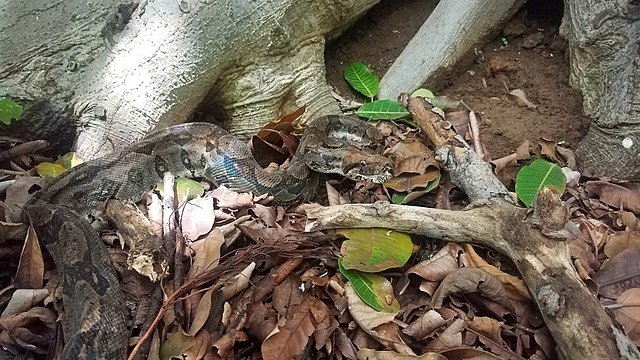
RANGE AND FAMILY
The Boa Constrictor Imperator ranges from southern Mexico through to north-central Colombia, making it one of the most widespread Boa species in the region. While other constrictor relatives inhabit much of Central and South America, the Imperator remains the most prominent and frequently encountered in Costa Rica.
There’s ongoing debate about its classification—whether it stands as a distinct species or a subspecies of the broader Boa Constrictor group. Most experts lean toward treating it as a separate species, though the traditional naming convention persists, resulting in the full title: Boa Constrictor Imperator. This kind of taxonomic ambiguity isn’t unusual. Readers of our previous animal articles will recognize similar confusion around species like the Blue Morpho butterfly or the various Toucan types. For clarity, whether we refer to it as Boa, Boa Constrictor, or Boa Imperator, we’re always speaking about the same iconic Costa Rican snake.
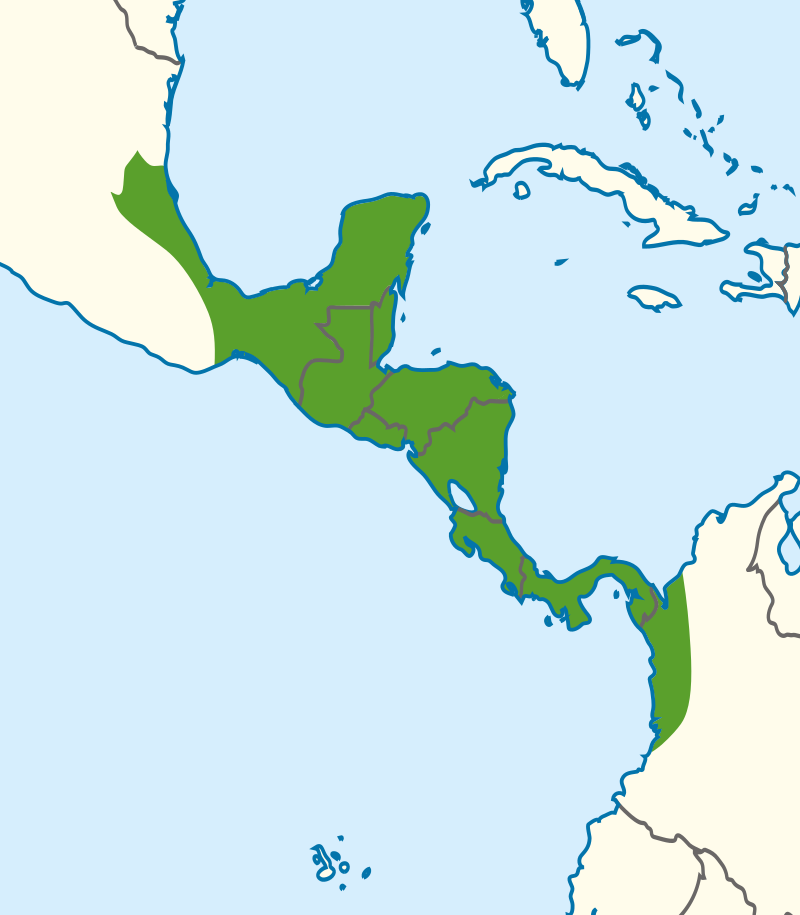
PRIMITIVE SNAKES
The Boas are classified as primate snakes for two main reasons. Firstly, they still retain visible remnants of their hind legs and secondly, they have two lungs. Most snakes have lost one of their lungs and rely on a single lung to breathe because this is the most efficient design to fit their long and slender bodies. Boas still retain two lungs – one lung being non-functional but still present within their bodies.
Another interesting fact is that the Boa, together with the Python, exhibits the XY chromosome structure. All other snakes show the ZX chromosome structure, a relic of a common ancestor.
BEHAVIOUR
Solitary snakes
Boas tend to live solitary lives, coming together only during mating season. In their youth, when they’re lighter and more agile, they sometimes climb trees in search of prey. As they grow older and heavier, they settle into a more grounded existence, sticking to the forest floor where movement is easier.
These snakes are most active during twilight hours—just after sunrise and before sunset—but they’re also known to bask in the sun during the day, soaking up warmth to regulate their body temperature. For shelter, Boas make use of hollow logs or abandoned burrows, finding quiet refuge in the spaces carved out by other forest dwellers.
Aggressiveness
Generally, Boas are not aggressive but may inflict a painful bite if cornered or molested. Bigger snakes can deliver very painful bites as their teeth are large and sharp – however because the Boas are not venomous the bites are rarely dangerous to humans. Interestingly, Boas found in Central America are more aggressive then their South American neighbors – when agitated they hiss loudly and perform multiple strikes. And beware if you see a Boa with milky or blue eyes – this means the snake has recently shed its skin, cannot see well and is likely to be much more defensive!
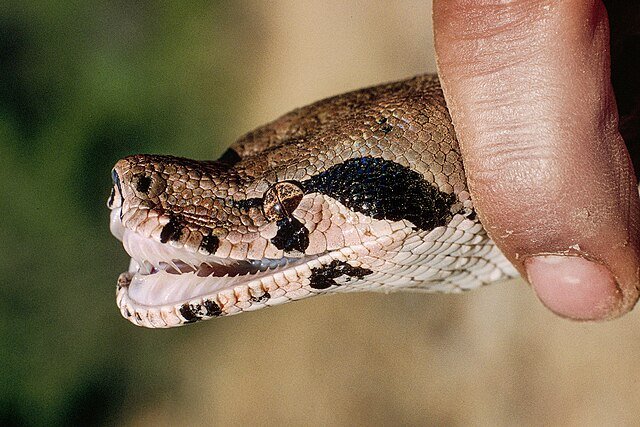
Hunting & Feeding
The Boa is an ambush predator, waiting patiently for its prey to come within striking distance. Although when prey is scarce, it may actively stalk and follow animals. The snake quickly strikes at the prey and proceeds to apply the trademark coily wrap. As is common with the constrictors, the Boa then strangles and suffocates the prey before swallowing it whole. The snake wraps itself around the unfortunate animal, forming many coils. It tightens the grip every time the prey exhales, eventually preventing the animal from breathing altogether. Death by asphyxiation follows. The dinner is then swallowed whole – and the Boas may eat animals much bigger then themselves. This is because they can unhinge their jaws and, as recent research indicates, are able to individually move each rib out of the way as their dinner is swallowed.
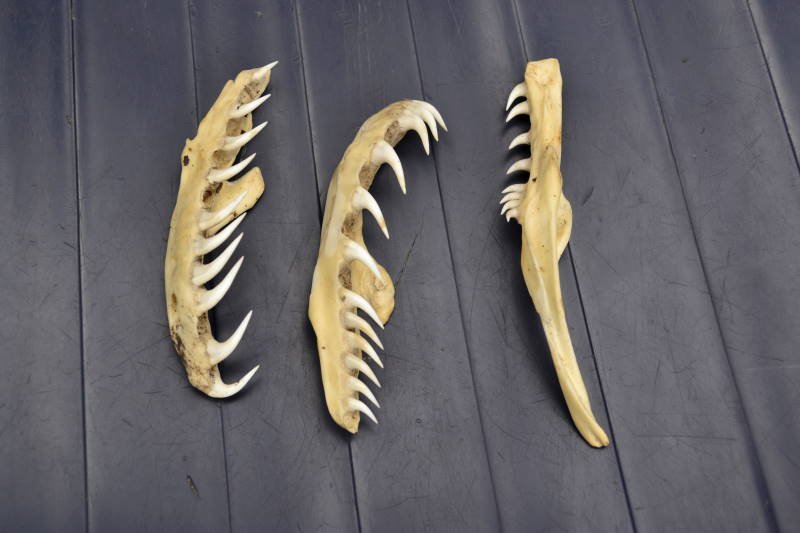
Heart Attack Theory
There is a theory that the snake induces heart attacks in its prey by increasing the blood pressure with its grip. And another interesting theory that the prey animal dies due to constricted blood flow to the brain rather than by asphyxiation. There is a decent amount of discussion and conflicting information around these topics. We can agree that the tight coiling around the body of the prey is what dispatches Boas’ dinner. Smaller animals may be consumed without first being strangled.
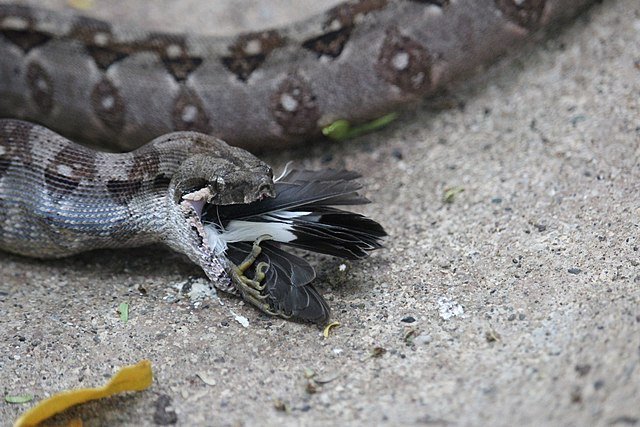
Menu
The menu includes a wide variety of critters such as Agoutis, Coatis, Possums, Foxes, Monkeys, Bats and even baby deer. In addition to the mammals they also feed on birds, bats (which are snapped near the entrances to their caves or resting areas) and domestic animals such as chickens, goats, baby cows or horses, and even dogs and cats. Of course as the snake gets older and bigger, so does the size of its prey.
Young
Boa give birth to live young – typically between 10 and 60 baby snakes, each between 30 and 60cm long. The baby Boas experience rapid growth during their first year, often tripling their length. The young feed on smaller animals and items of convenience. This includes frogs, mice, eggs, lizards and insects.
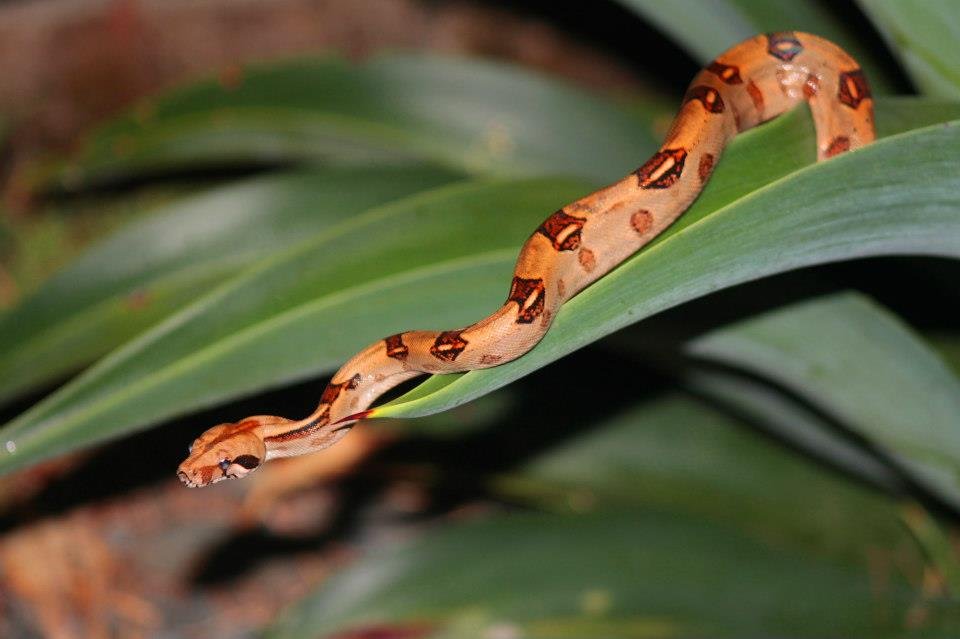
THE PET TRADE
Boas are some of the most commonly kept snakes. This is because they can grow to an impressive size and have a calm & relaxed demeanor. They can tolerate a lot of handling, and can be bred into a wide range of color morphs. You have probably seen the white and yellow ‘albino’ Boa morph before.

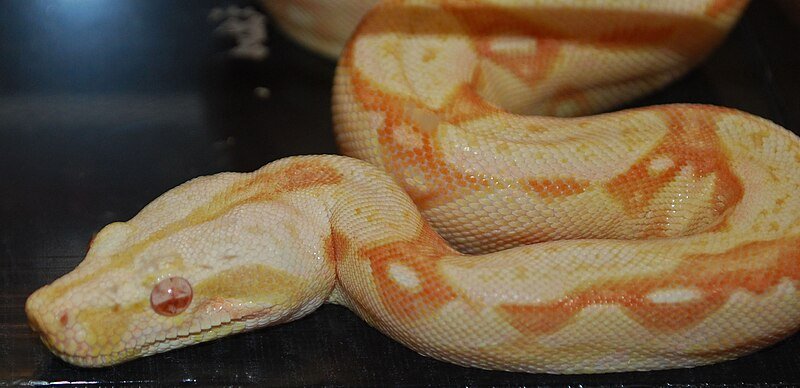
THREATS
The big cats such as the Jaguar can take down the biggest of Boa. Young snakes are susceptible to smaller predators including birds of prey, other snakes, various mammals and even large spiders! But by far the biggest threats to Boas are humans. Habitat destruction, collection for the pet trade, hunting (for food, sport, for their skin, the fat that is used in traditional medicine, or due to fear), killing of snakes that ‘get into the chicken coop’, and encounters with cars are very damaging to the Boa populations. In many cases people run them over intentionally. They do not realize that Boas are not venomous, do not actively hunt humans and are more scared of us than we are of them. But thankfully, most people reach for their camera, rather than a gun, when they catch a glimpse of a slithering Boa.
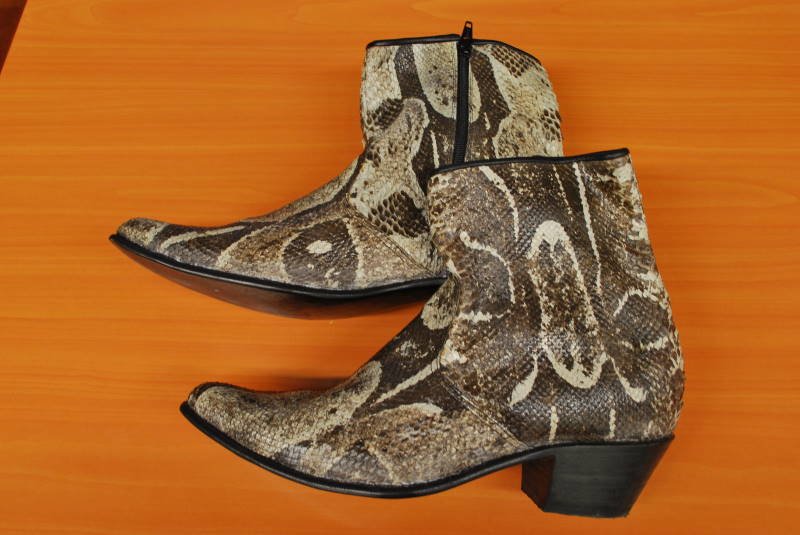

OUR NATIVE WILDLIFE
Boas are native to Costa Rica, they area a part of our jungle landscape. The snakes play an important role in their environment. While many people fear snakes due to phobias and unjust reputation, it is important to note that these animals mean us no harm. It is us who chose to live in their environment, not the other way around. So the next time you glimpse a Boa crossing a road or see it coiled up in on your patio, give it time and space. Take a photo, and treasure the experience of meeting such a magnificent animal in the wilds of it natural habitat.
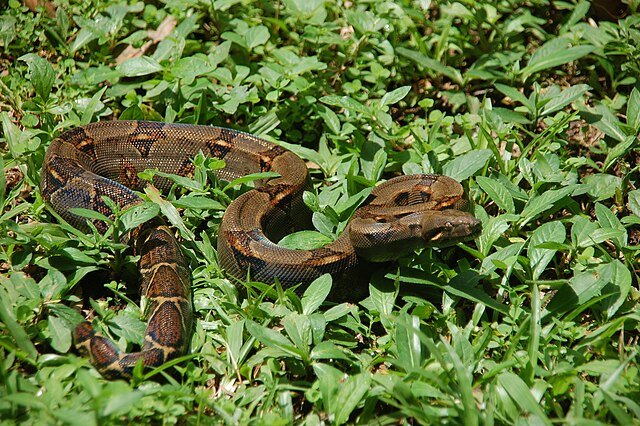
Do you dream of living in the midst of breathtaking tropical scenery and amongst amazing animals like our beautiful Boa Constrictor? At RE/MAX WE SELL PARADISE, we list hundreds of tropical properties. Homes, land, farms, estates & businesses all within a stone’s throw of the amazing rainforests, mountains and beaches that make Costa Ballena a world-famous destination. See our property listings here.



